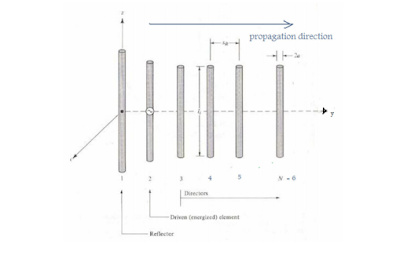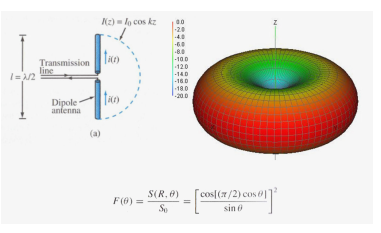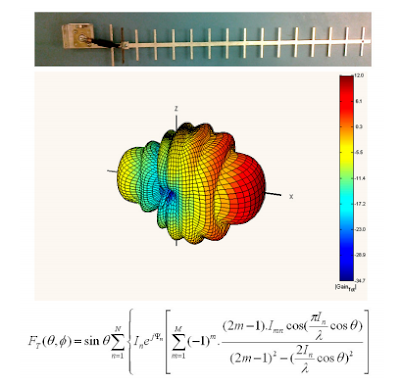The fundamentals of our antenna project are described through basic antenna characteristics. In general this starts with establishing the antenna’s radiation pattern, gain and directivity.
The radiation pattern is a 2-D or 3D plot which assesses the intensity in which electromagnetic waves propagates as a function of orientation. The gain of an antenna indicates how well the signal power amplifies in one direction, where its directivity characterizes the direction and magnitude of maximum power amplification.













No comments:
Post a Comment